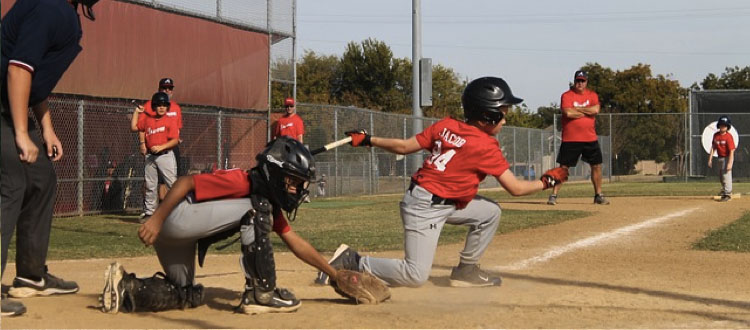Count Strikes, Not Strikeouts
“Have you ever thrown the ball so hard that the umpire said JEEZ, that’s so hard I’m going to give you two strikes?” I asked the soon to be first round draft pick.
“Then you can’t strike anyone out until you have two strikes. Is it possible to get someone out on the first strike? No, not for you, because you won’t let anyone hit it! All you do is walk batters or strike them out! Everyone hates you on the team because scouts are here and they don’t get to do anything! I’m going to make you the most popular pitcher on the team. The next time you strike a batter out, I’m going to take you out of the game!”
Sometimes you have to resort to drastic measures to make a point to some players, particularly if they are a left-handed pitcher that throws 94. Players that are put on the mound must understand that they MUST throw strikes and to be a pitcher they must hit spots. My own son at age 12 was hugely offended if a batter so much as hit a foul off him, but was unaffected if he happened to walk 5 in an inning.
Control can be learned between starts, in bullpen sessions. During these pen sessions, a pitcher will throw a predetermined number of pitches. For a 12-year old this might be 35, for a high school pitcher 45 pitches.
The pitcher should be focused on making each delivery with perfect mechanics. He should be throwing smoothly at only 75% velocity. He might throw 5 pitches at a spot down and away in the strike zone, the next 5 to a spot up and in tight in the strike zone. He should go through all his pitches, concentrating on hitting particular spots repeatedly. Only on the last 5 pitches should he throw with max velocity and these also should be delivered to a predetermined spot in the strike zone.
He must come to understand that the maximum velocity he can throw the ball is that at which he can throw consistent strikes and hit spots. It matters not how hard he can throw if he can not throw strikes at that velocity.
A pitcher must understand his job is to induce the batter to hit a nice weak two hopper to the shortstop, preferably as early in the count as possible. Just as a good hitter is trying to get the pitcher into counts where the pitcher must challenge the batter with a pitch in the center of the plate, the pitcher wants to induce the batter to swing and hit a pitch early in the count that the batter has a low probability of driving for a hit.
If the pitcher gets ahead in the count early, he can continue to throw all his repertory of pitches and not have to challenge the hitters and if he gets two strikes then he can try to strike him out.


